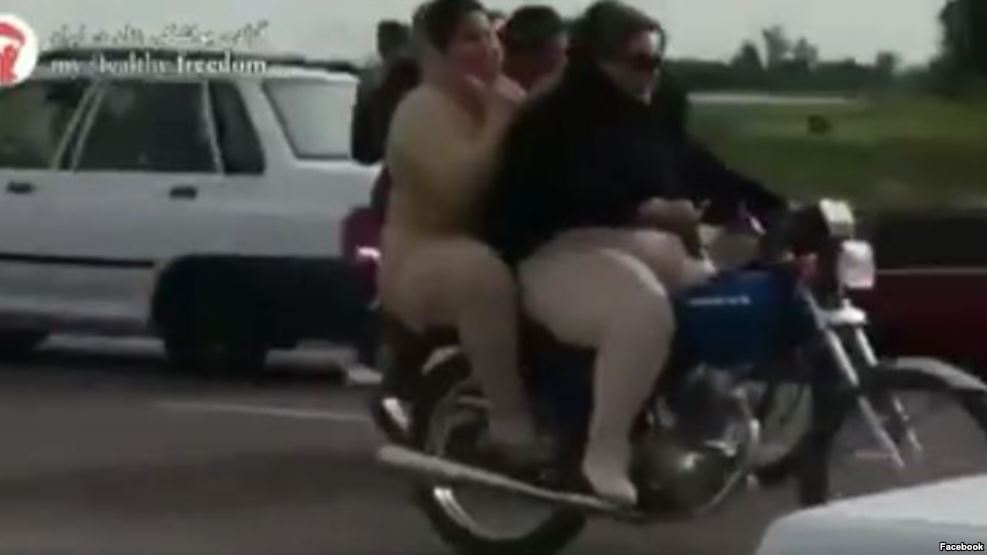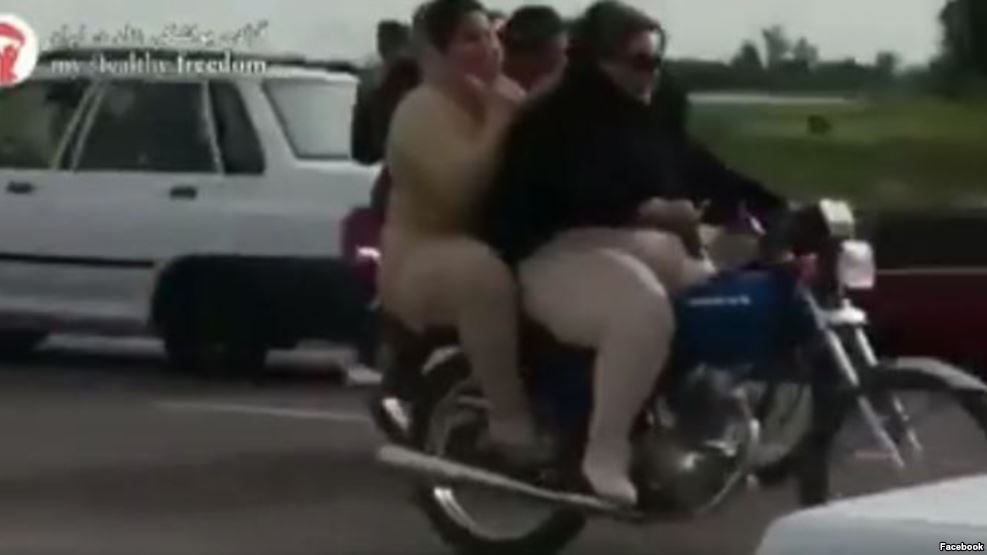We were recently witness to the first debate of Iran’s 2017 presidential election, which can be evaluated from a variety of perspectives. One simple conclusion is that all candidates failed to provide any hope for a better future.
Remembering how the 2009 debates paved the way for nationwide uprisings, rattling the regime’s entire establishment, this year’s debate was shortened in timing to prevent any uncontrollable sparks. Despite all this, the arguments provided a vivid view into the regime’s critical domestic crises.
More important is the fact that, similar to all previous so-called “elections” in this regime, no candidate was able to provide a comprehensive political and economic agenda. Twelve rounds of presidential elections, parliamentary polls, and votes for city councils have provided nothing but more of the same.
Why is it that nothing changes in Iran? Why is it that with a new president in the U.S., all policies are completely refurbished, including immigration, health, education, and so forth? The Trump administration’s foreign policy is being overhauled, to say the least.
Why is it that in smaller countries more similar to Iran – say, the Philippines, Chile, or Turkey – a new government brings with it changes across the spectrum in people’s lives, all linked to the state’s domestic and foreign policies?
The reason must be pursued in the very roots and nature of this regime. This is a dictatorship ruled by the four percent, as described by presidential candidate and Tehran mayor Mohammad Bagher Ghalibaf in the recent debate. A vast 96% majority of Iran’s population remains under the wrath of this cruel minority that relies on a completely fascist-minded set of laws resembling anything but a constitution.
And when elections are held, all candidates are vigorously vetted by the Guardian Council, a body of 12 conservative clerics, of whom six are appointed directly and the other six indirectly by the supreme leader himself. And when a president is actually selected, he is nothing more than a puppet, acting according to the supreme leader’s will. Based on the regime’s “constitution,” the president’s authority must be confirmed by the supreme leader no matter what the people have “voted.”
All this brings us to a certain set of conclusions:
Firstly – The president in Iran has no true power or authority, as the supreme leader enjoys the final say in all subjects, including national security and foreign affairs.
Secondly – No regime president has ever had any specific economic-social agenda. Assuming any one of them had prepared such a blueprint, his agenda would need to be in complete compliance with the supreme leader’s demands.
Thus, one may ask the purpose of holding elections in such an establishment.
Mohammad-Tai Mesbah-Yazdi, an influential senior cleric in the mullahs’ ruling elite, provided probably the best response in an interview:
Elections have two purposes[.] … [T]he nation considers itself involved in establishing a religious state. As a result, they will further strive in supporting a state established with their backing, leading to the realization of important religious state goals.
The second purpose is … the importance of the people’s role and votes disarming opponents. They intended to depict this Islamic establishment as authoritarian. However, when the people’s votes are respected, opponents will lose all excuses[.]
This brings us back to our initial argument: as faces change in this regime, it is to no avail for the greater good of the people.
For example:
- The so-called “reformist” Mohammad Khatami, Iran’s president from 1997 to 2005, doubled the number of executions in comparison to 1996 and quadrupled them in comparison to 1995!
- The so-called “principalist” Mahmoud Ahmadinejad was even worse, and the “moderate” Hassan Rouhani has stood above all with a record of 3,000 executions in four years.
- Poverty and human rights violations have been on a continuous increase. Iran has 16 intelligence services, and the numbers could go up, according to the semi-official Fars news agency, affiliated with the Revolutionary Guards.
- The mullahs’ own laws define around 1,800 counts of crimes that people must not commit! The slate includes what clothes to wear, what to eat, what to read, and what satellite TV they are permitted to watch. It is worth noting that France has only 300 such criminal measures.
- The country’s national currency has constantly nosedived.
- Embezzlement cases have been on the rise year after year.
- Meddling in the internal affairs of regional countries, including Iran’s involvement in Syria, has climaxed. This has been parallel to Tehran continuing its nuclear program and ballistic missile drive.
Neither in domestic policy nor foreign strategy can we pinpoint any significant differences among Khamenei, Rafsanjani, Khatami, Ahmadinejad, and Rouhani.
To this end, don’t hold your breath or have any hope that the May 19 presidential “election” – read: “selection” – will render anything new from within the mullahs’ regime.




 By Heshmat Alavi
By Heshmat Alavi